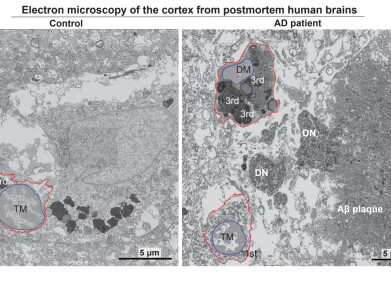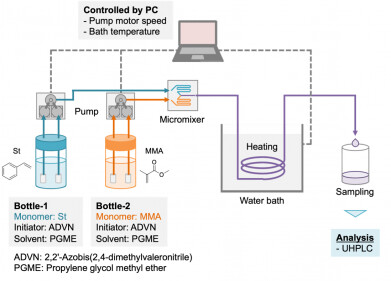Research News
Study highlights potential pathogen in food chain
Feb 12 2024
Investigations by the Quadram Institute and University of East Anglia (UK) have found that Yersinia enterocolitica could be a potential underappreciated pathogen in the food chain, having discovered that populations of these bacteria are more commonly found on foods than previously thought.
Working with the UK Health Security Agency (UKHS) the researchers conducted whole genome sequencing on samples that showed similarities between the types of Yersinia found on foods and those isolated from humans.
Inhabiting animal guts, certain types of Yersinia can cause a form of gastroenteritis (yersiniosis) that affects the human gut; this normally clears without treatment, but can occasionally lead to more complicated conditions.
The reported number of cases of yersiniosis remain small, but not all patients with gastroenteritis are routinely screened for Yersinia. In a study in Hampshire* a screening method to all diarrhoeic stool samples revealed the number of yersiniosis cases diagnosed went from two over a 30 month period to 199.
While pigs have traditionally been thought of as the main sources for Yersinia infection, a number of outbreaks have also been traced to other foods. Varied retail samples of foods including chicken, pork, salmon as well as leafy greens, were examined for presence of the bacteria. The research team then used multiple methods of culturing the bacteria, to capture as large a snapshot as possible of what was present.
Almost three quarters of chicken samples harboured the bacteria, as well as four fifths of the salmon tested. The bacteria were also found on one of ten leafy greens sampled, which is concerning as these foods are often eaten uncooked.
The Yersinia identified in the samples then underwent whole genome sequencing to identify the specific strains present; up to five subtypes of Yersinia bacteria were identified from a single source, nearly all belonging to the biotype 1A. When the genome sequences of the Yersinia found on food were compared with previous samples obtained from humans, the researchers found that many of the food-derived samples were closely related to the human-derived ones, posing questions about the threat of this bacteria in the food chain.
The researchers suggested that what is now needed is surveillance of Yersinia enterocolitica from both food and human sources to better understand biotype 1A’s role in infection and to make sure our food is as safe as possible.
The study was supported by the Biotechnology and Biological Sciences Research Council, part of UKRI, and the Food Standards Agency.
Reference:
Yersinia enterocolitica biovar 1A: An underappreciated potential pathogen in the food chain, Raphaёlle Palau, Samuel Bloomfield, Claire Jenkins, David R. Greig, Frieda Jorgensen, Alison Mather,
International Journal of Food Microbiology DOI: 10.1016/j.ijfoodmicro.2023.110554
* Jquadram.ac.uk/news Med Microbiology .2020 Mar;69(3):419-426.doi:10.1099/jmm.0.001125.
More information online
Digital Edition
Lab Asia 31.6 Dec 2024
December 2024
Chromatography Articles - Sustainable chromatography: Embracing software for greener methods Mass Spectrometry & Spectroscopy Articles - Solving industry challenges for phosphorus containi...
View all digital editions
Events
Jan 22 2025 Tokyo, Japan
Jan 22 2025 Birmingham, UK
Jan 25 2025 San Diego, CA, USA
Jan 27 2025 Dubai, UAE
Jan 29 2025 Tokyo, Japan



















